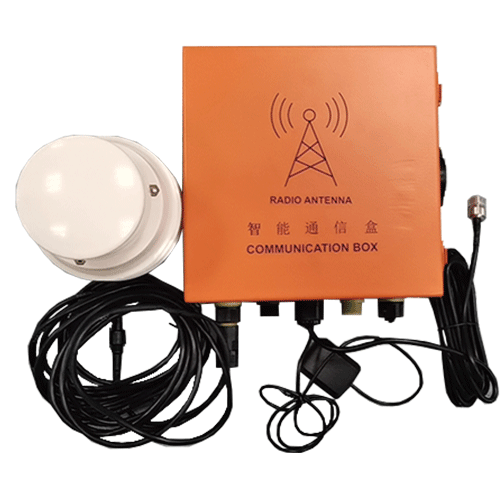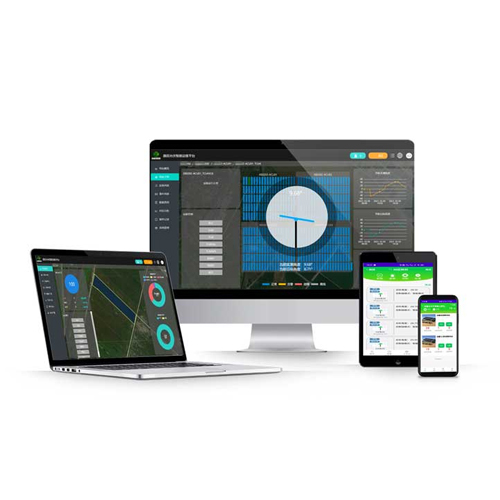A solar power tracking system can accurately track the sun's path throughout the day, adjusting the surface or reflective surface of a solar panel to follow the sun's movement can increase solar output by around 35% over standard panels. In this article, we will discuss the different types of solar power tracking systems and what are their advantages.
Ⅰ. Types of solar power tracking systems
Photovoltaic tracking mount systems can be classified according to their movement patterns. A moving surface has multiple axes: two horizontal and one vertical. The surface can be rotated (tilted) about each axis to obtain the correct angle to receive maximum sunlight. When the surface rotates around one axis to move or adjust, it is called single-axis tracking; when the surface rotates about two axes simultaneously, it is called dual-axis tracking.
Ⅱ. The advantages of single-axis solar power tracking system
A single axis solar tracker has a single degree of flexibility and can be used as an axis of rotation, typically aligned along a north-south path, with key benefits including:
1. Single-axis tracking is more reliable.
2. Single-axis tracking has a longer service life than dual-axis tracking.
3. Single-axis tracking is cheaper than dual-axis tracking because they have a simple mechanism and low operating costs.
4. Single-axis tracking is ideal for projects with lower budgets or cloudy areas.
5. Compared with the fixed solar tracking installation panel, the efficiency of single-axis tracking is close to 32.17%.
6. The tracker follows the sun from east to west, providing consistent power output throughout the day.
7. Compared with the static station with the same installed capacity, the annual power generation of the tracker is 15%-16% higher.
8. The project investment recovery period is shorter, and the profit is greatly increased.
Ⅲ. Advantages of dual-axis solar power tracking system
1. Dual-axis tracking continuously tracks the sun and provides constant power output throughout the day.
2. Solar trackers provide a reasonable solution when the power capacity connected to the grid is limited.
3. Dual-axis trackers require less space and provide the opportunity to use the remaining area around for other additional uses, such as parking, gardening, etc.
4. Compared to static stations with the same installed capacity, the tracking system produces 45%-50% higher power output per year.
5. Dual-axis tracking provides the best solution for areas that may hinder solar productivity. Some of these areas may be complex ground structures, complex topography, stone protrusions, northward descent, etc.
6. The investment recovery period of the dual-axis tracking system is short. Also, during its lifetime, profits will increase significantly.
Solar power tracking systems, whether single-axis or dual-axis, can help generate higher power yields than fixed PV systems. Of course we have to consider various factors including terrain, climate and the type of solar panels being used to decide which type of tracking system is suitable.
 English
English  中文
中文


